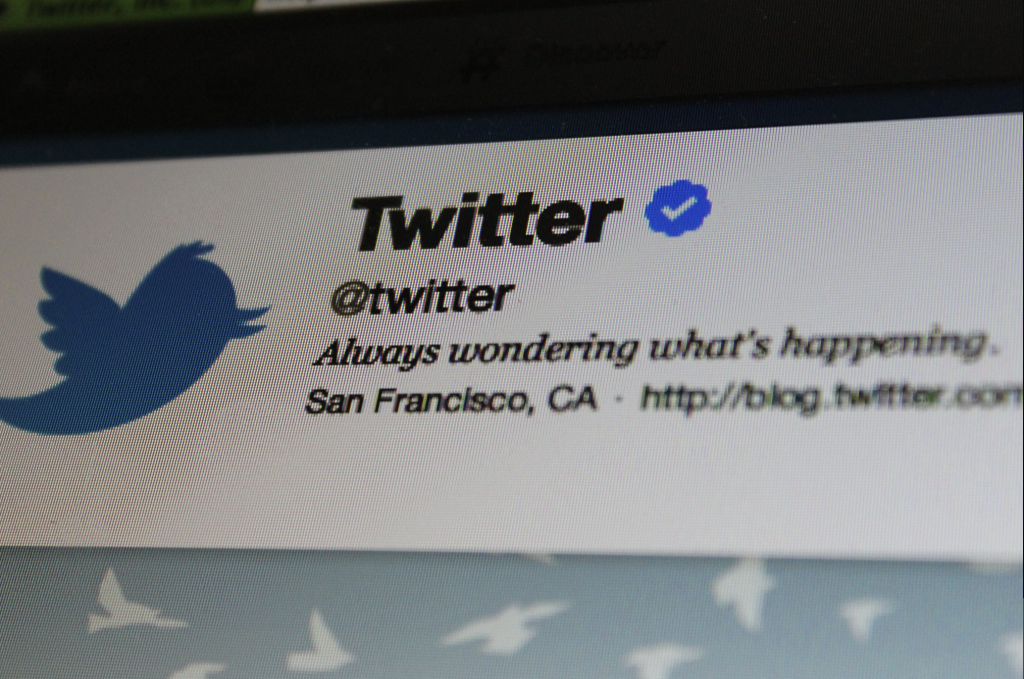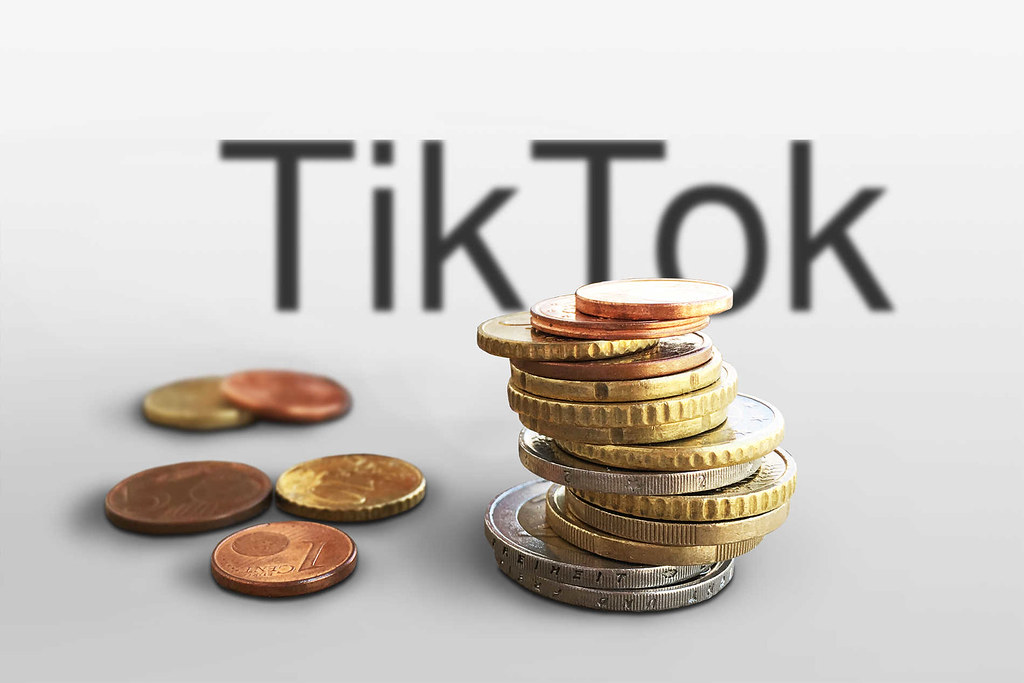Yiming Liu

“Twitter” by chriscorneschi is licensed under CC BY-SA 2.0.
What is information cocoon era?
Information cocoon refers to the fact that in the online and social media environment, individuals tend to be exposed only to information that is the same as their own views and beliefs, and seldom to opposing or different views (Du, 2023). The phenomenon of information cocoon can lead to the further strengthening and solidification of individual views, reducing tolerance for different views and estranging people with different views. Faced with a huge amount of information, people are used to being passive. In the past, when there was not so much good information on the Internet, people would actively subscribe to different kinds of information. Now the path of information to the user is more efficient, but a lot of information is generated every day. Faced with a lot of good content but limited human attention, users tend to choose what interests them. The information supply platform is also building a cocoon. Shopping platform, article content platform, video platform, almost all have a recommendation mechanism. The platform’s motivation is to retain more users’ time and attention, allowing more advertising exposure.

“Facebook” by emasali stock is licensed under CC BY-SA 2.0.
Causes of information cocoon:
1. Algorithm recommendation:
Numerous social media and news recommendation platforms use algorithms to personalize content recommendations with the goal of increasing user activity and time spent. These algorithms, based on a user’s past clicks, browsing, searches, and interactions, are more likely to recommend content that matches the user’s interests. This leads to a feedback loop where users are increasingly exposed to information on social media that aligns with their interests (Du, 2023). Social media platforms such as Facebook, Twitter, and TikTok use algorithmic recommendations to determine a user’s feed to drive more views and interactions.
2. Individual subjective choice:
People tend to prefer information that is consistent with their own views, because such information can strengthen their beliefs and opinions, and make people feel relaxed and calm. At the same time, opinions that run counter to one’s own can feel sharp. As a result, numerous people, when choosing what to view on social media, tend to choose information that has the same or similar views as them. People frequently choose to avoid information that is inconsistent with their own views in order to avoided cognitive dissonance. Cognitive dissonance refers to an unpleasant psychological tension that may occur when there is a contradiction or conflict between human cognition. In certain social or cultural settings, holding the same opinion as the majority can make an individual feel more secure and accepted. Under social pressure and a sense of belonging, people actively choose information that is consistent with the surrounding environment in order to integrate into social interaction. In an information-heavy environment, people are still subject to confirmation bias. Confirmation bias is a psychological phenomenon in which people tend to search for, interpret, pay attention to, and remember information that is consistent with their own opinions or beliefs, while ignoring information that contradicts them.
3. Homogeneity of social networks:
Network technology and platform are critical conditions to promote the information cocoon. On social media, people choose to establish social relations with people with similar views, which leads to the homogeneity of information in social media (Erikson, 2020). The platform will launch personalized recommendation, content aggregation and user customization functions, in order to consolidate the relationship with users and provide more accurate and convenient information services.

“TikTok-vor-Geld” by Christoph Scholz is licensed under CC BY-SA 2.0.
Dangers of information cocoon:
1. Information cocoons can lead to the solidification and polarization of opinions. Individuals continue to accept their own ideas, and this single input of information blocks the reception of additional information. This means that people are continuously receiving similar information, and different views seldom appear, further solidifying their beliefs and ideas. In addition, algorithms on social media platforms are more extreme in recommending radical content to attract users’ attention and interaction. In order to avoid the solidification and polarization of views brought about by the information cocoon, the government should encourage people to actively seek different sources of information and accept different or even contrary views with an inclusive mind.
2. Information cocoons can divide societies. When people lack knowledge of different perspectives and life experiences, they become biased against groups that hold different views from their own. At the same time, those who hold views that are not mainstream feel marginalized. In echoic social media, views become more extreme and go unchallenged. In society, public opinion plays an essential role in decision making. Because of the existence of information cocoons, society is divided into different information cocoons, and it is more difficult to form a coherent public opinion. This leads to increased pressure on decision makers to meet the expectations of different information cocoons. To avoid information cocoons leading to social division, schools need to strengthen the education of students, raise public awareness of the information cocooning phenomenon, improve the social media environment, and encourage people to think critically about their own views in order to understand others (Liu, 2022).
3. Aggravate the application of unreasonable algorithms on the platform:
The phenomenon of information cocoon will intensify the application of unreasonable algorithms on the platform. Information cocoon can help the platform to better understand the user’s personal information and views and hobbies. This will cause the platform to seek profits in an illegal way and violate the personal privacy of users. To some extent, the information cocoon encourages algorithmic discrimination. In addition, the platform will use huge data technology to analyze users’ shopping hobbies, browsing history and consumption power to provide different prices to users. This practice will lead to unfair consumption and unfair competition in the market, and familiar customers may be charged higher fees, which is an infringement of consumer rights and interests. In order to avoid information cocoons exacerbating the application of unreasonable algorithms on platforms, some countries are considering the enactment of laws to protect users’ privacy and security. At the same time, users can frequently wash the browser history and use private browsing mode to avoid this situation. In addition, information cocoons hinder cognition. Once people increase the number of clicks on the rumor, information related to it will be pushed, and the official clarification will instead disappear in front of the public. As the rumor has been believed, the credibility of the clarification statement has been hit. People’s ability to perceive society has declined, and their attention to society has gradually weakened (Liu, 2022).
“Are we living in information cocoons societies” by Monisight is licensed under CC BY-SA 2.0.
There are also different views on the extent of the influence of the information cocoon. On the one hand, there are concerns that this will lead to social fragmentation and polarization, and on the other hand, there are views that people will still be able to access diverse information from different sources. Although numerous studies have pointed to the existence of information cocoons, others have questioned their universality. Some studies have shown that people’s online information consumption is more diverse, rather than being absolutely limited to one point of view or source. But in today’s media age, information cocoons are still widespread in everyday life. After watching a certain type of video, YouTube’s recommendation system may recommend similar videos. For example, once watching a video on fitness or weight loss methods, users may continue to receive recommendations for similar content. The comments section is also divided by region and even gender to recommend different categories of people. This has blocked the exchange of different views in the media era, and people’s views cannot be improved but are single and incomplete.
Reference List:
Du, R. (2023). Algorithmic Audience in the Age of Artificial Intelligence: Tailored Communication, Information Cocoons, Algorithmic Literacy, and News Literacy (C. Bronstein, Ed.; 1st, New ed.). Peter Lang Inc., International Academic Publishers. https://doi.org/10.3726/b16102
Erikson. (2020). A networked public: formal and relational approaches to the public sphere. Kybernetes, 50(4), 919–928. https://doi.org/10.1108/K-05-2020-0323
Liu, W., & Zhou, W. (2022). Research on Solving Path of Negative Effect of “Information Cocoon Room” in Emergency. Discrete Dynamics in Nature and Society, 2022, 1–12. https://doi.org/10.1155/2022/1326579